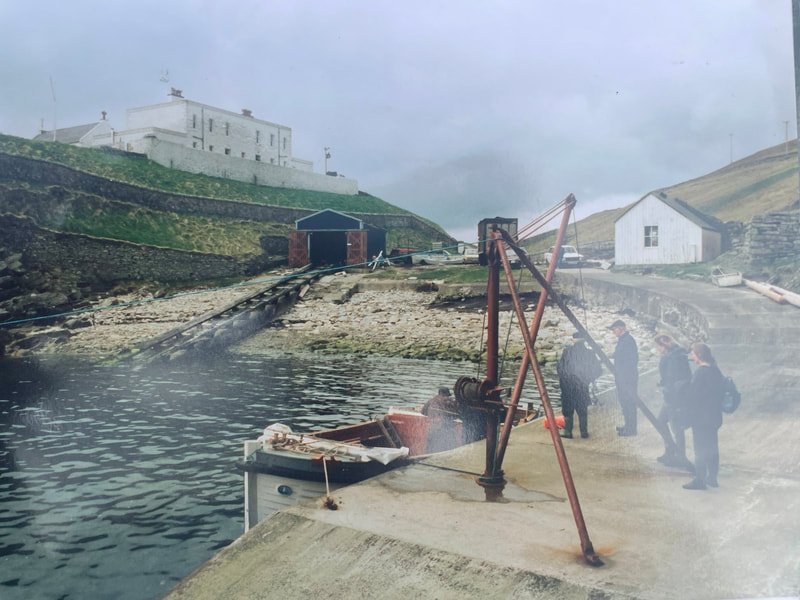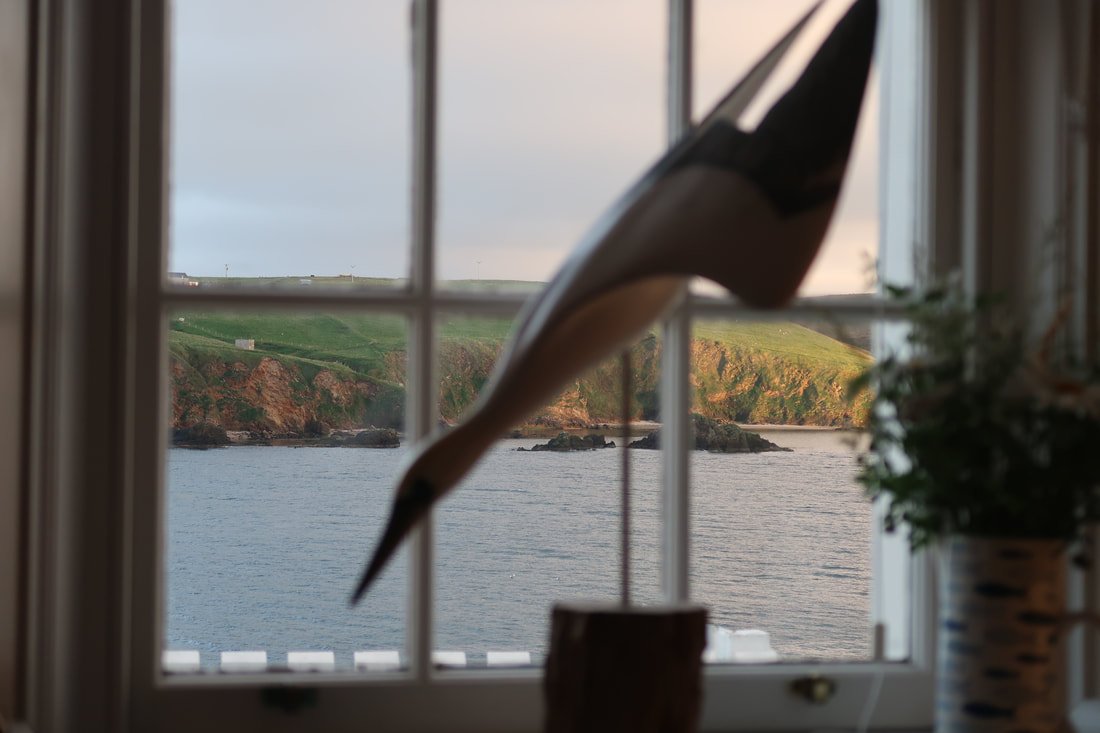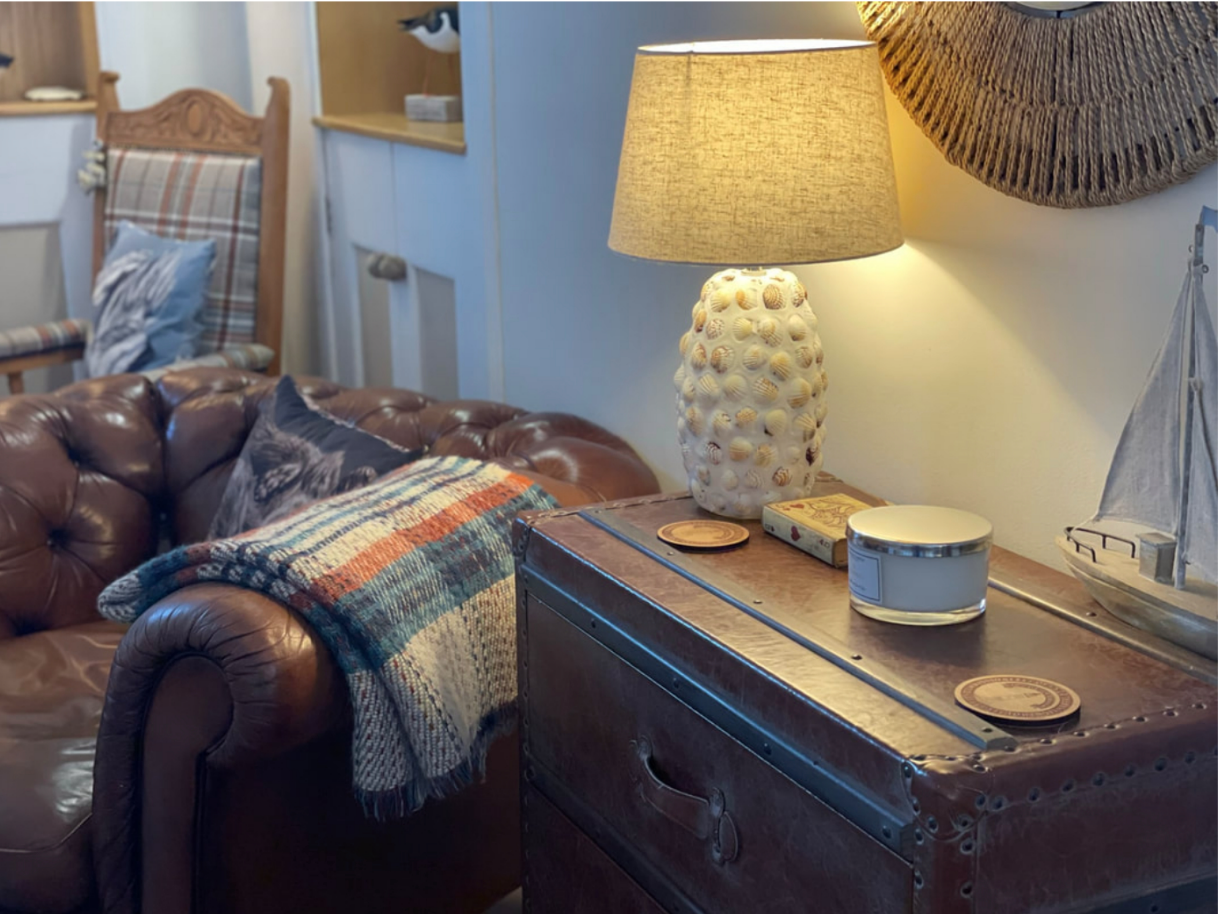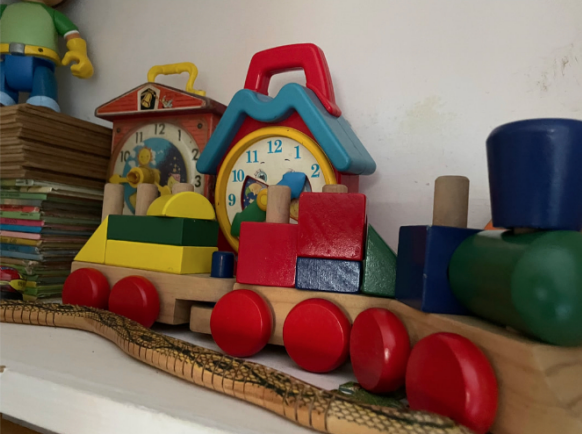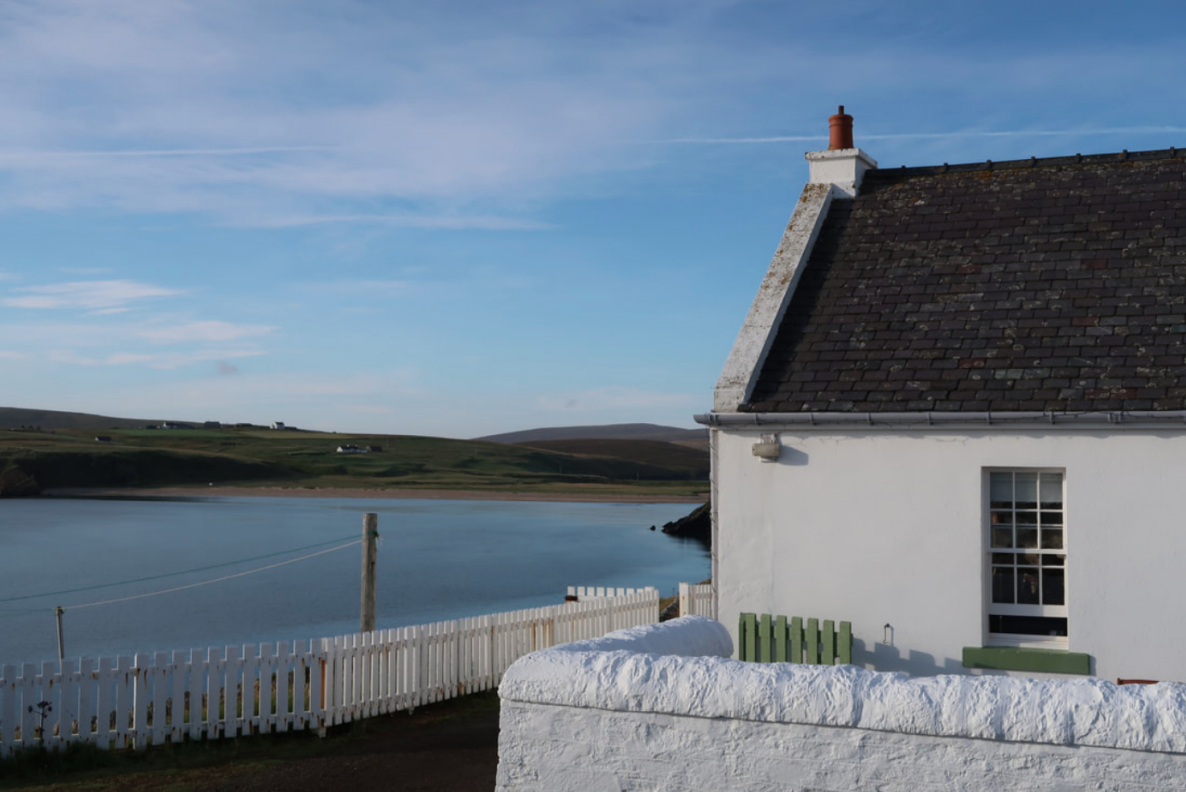The Boatman's House, Burrafirth, Unst review and itinerary for your stay
The Boatman's House, Unst, a fabulous holiday home to visit
"We never feel like we own it; we are custodians looking after it for the future," Rachael told me as she explained the history and her deep-seated love of the Boatman's House.
The Boatman's House, where we were to spend the weekend, dates back to 1854 when Hermaness Lighthouse was built to aid navigation. Clinging to the hostile slopes of Muckle Flugga, a rocky outcrop off the north coast of Unst, Britain's most northerly lighthouse still shines a guiding light across the water to those at sea – the Boatman’s House is part of the story of this iconic lighthouse.
Muckle Flugga Lighthouse, that clings to the rocks on the UK's most northerly point. A building associated with the Boatman's House where we stayed.
The house itself, part of the wider shore station at Burrafirth, is flanked by the sheer and imposing cliffs of Hermaness to the west and Saxa Vord to the east. Tucked above the shores of Burrafirth with views across to the beach, it feels protected, despite its elevated position looking north out to sea.
The house was home to Muckle Flugga's boatman, who ran the flit boat, Grace Darling, that serviced the lighthouse and her keepers, ensuring the light burned bright 365 days a year until automation in 1995.
Burrafirth shorestation with the lighthouse keepers accommodation in the background. Boats serviced the lighthouse from here until the light was automated in 1995.
Walking in the front door and discovering the house, and all its nooks and crannies, was like leafing through the pages of a well-styled home magazine. Everything was thoughtfully curated, a reminder to guests that they have landed in a visceral place, caught somewhere between time and tide in the UK's most northern reaches.
Rachael put great thought into ensuring that our stay was as comfortable as possible. The house was warm and welcoming, with glowing side lights dotted around the rooms, well-positioned to create a warming glow throughout the house. A bottle of champagne, gifts for the bairns – including a bucket, crabby line, colouring books and sweet treats – and homemade rhubarb jam and freshly baked bannocks ensured that we felt instantly welcome and relaxed.
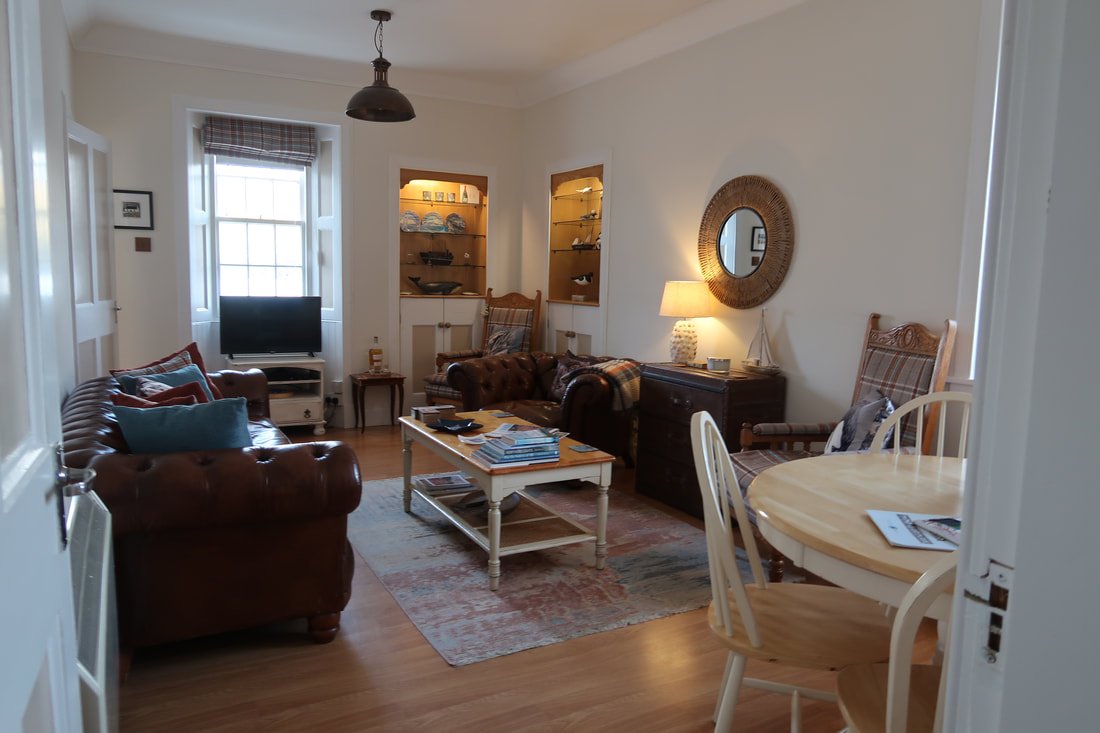
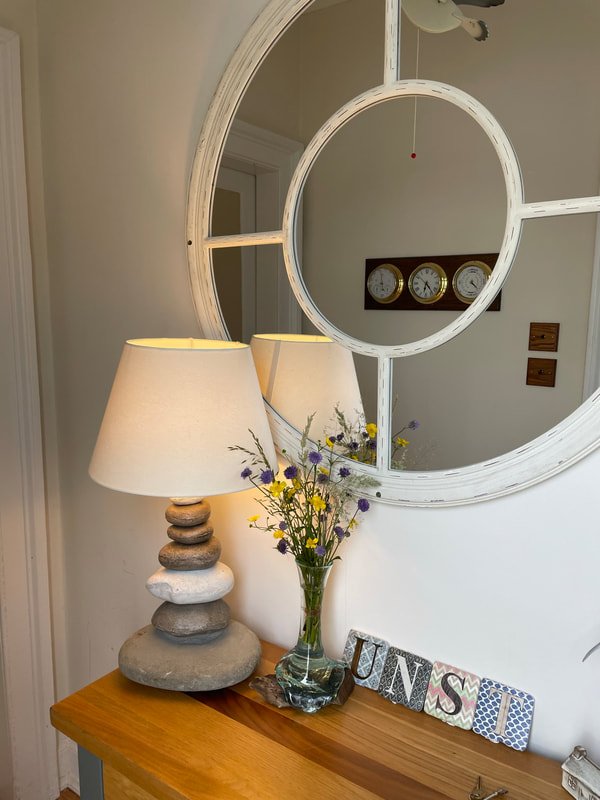
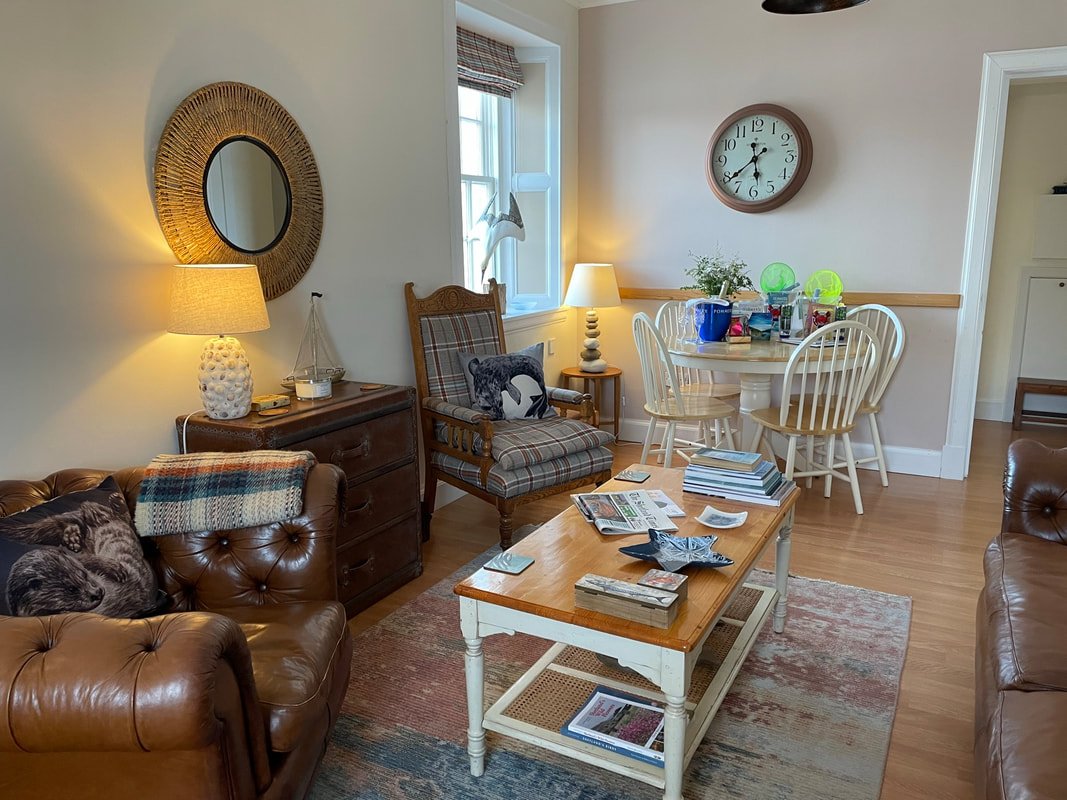
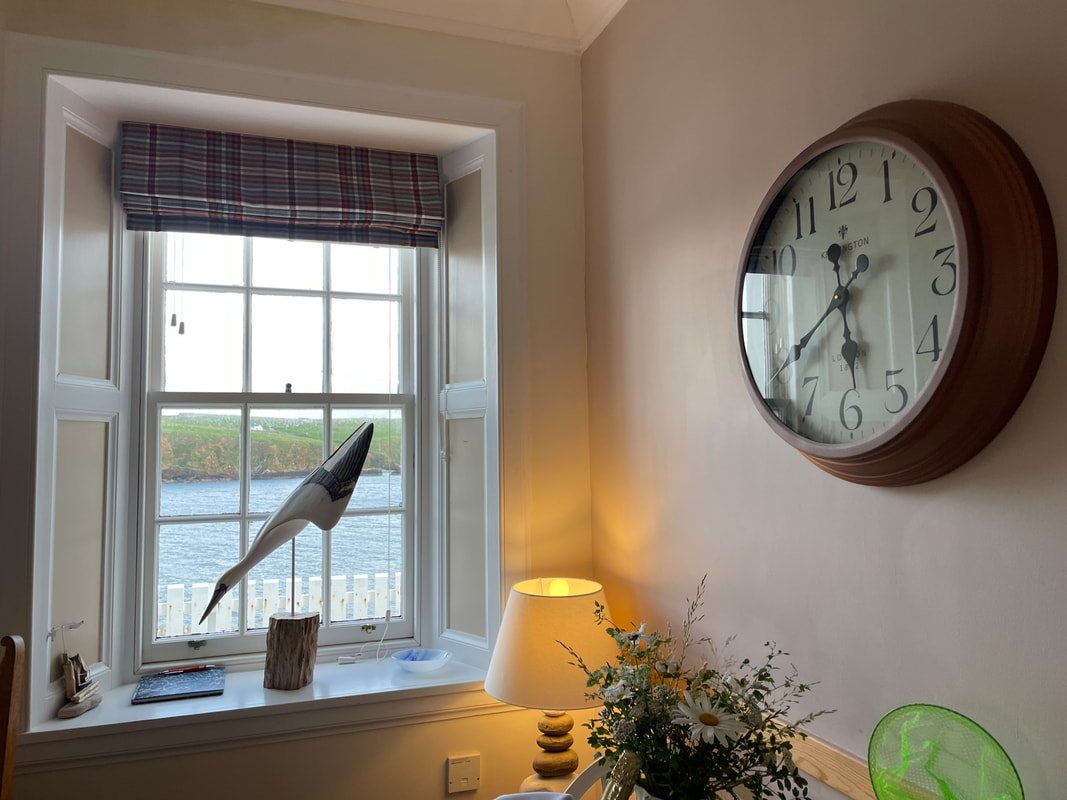
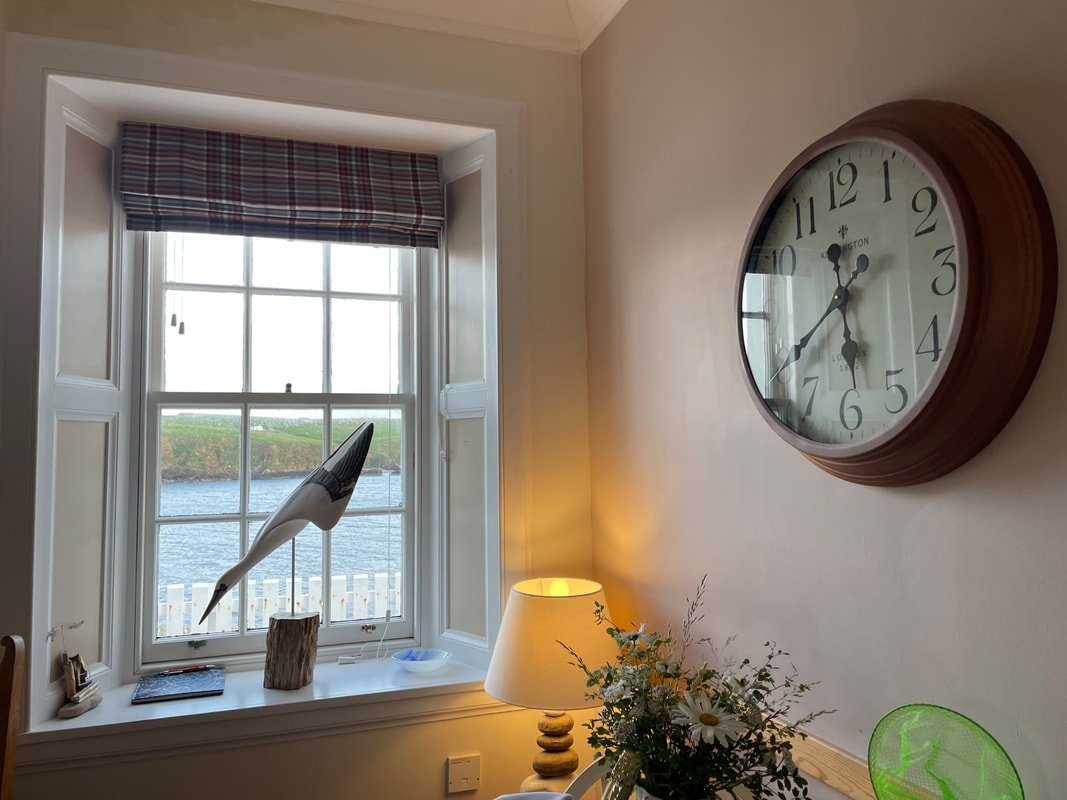

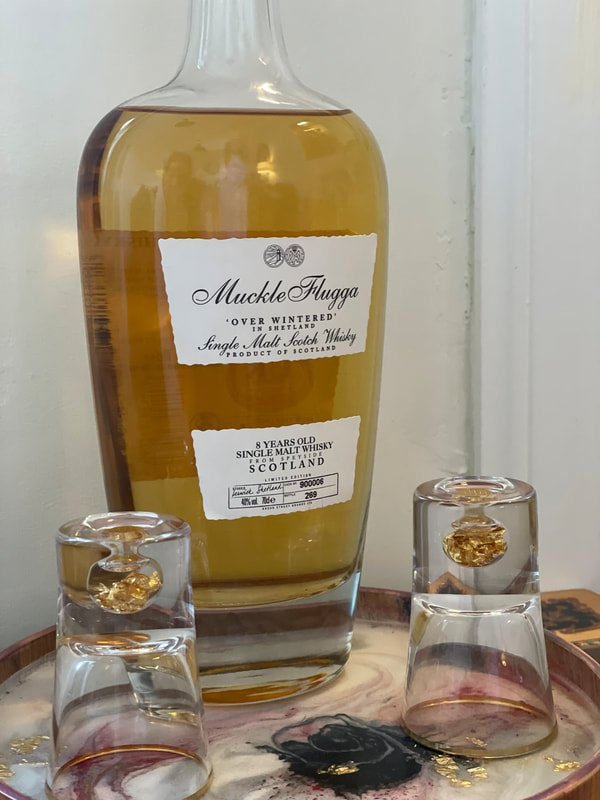

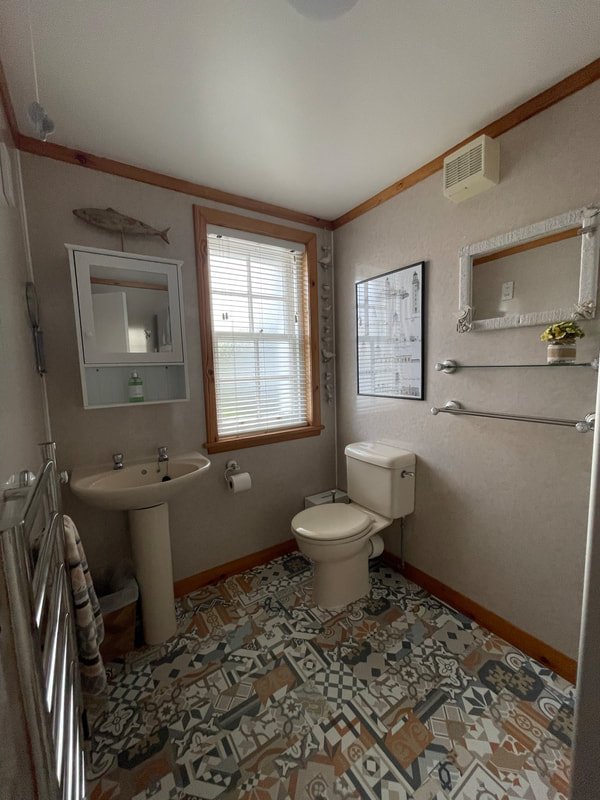
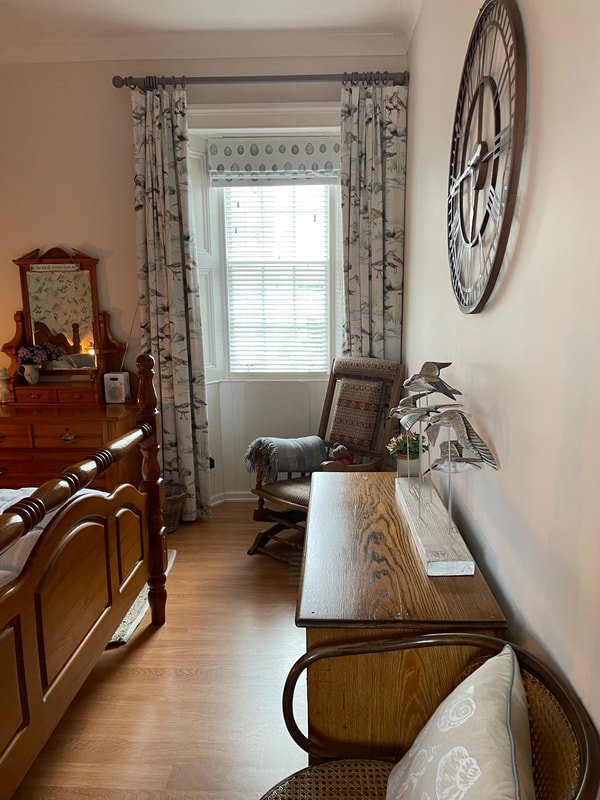
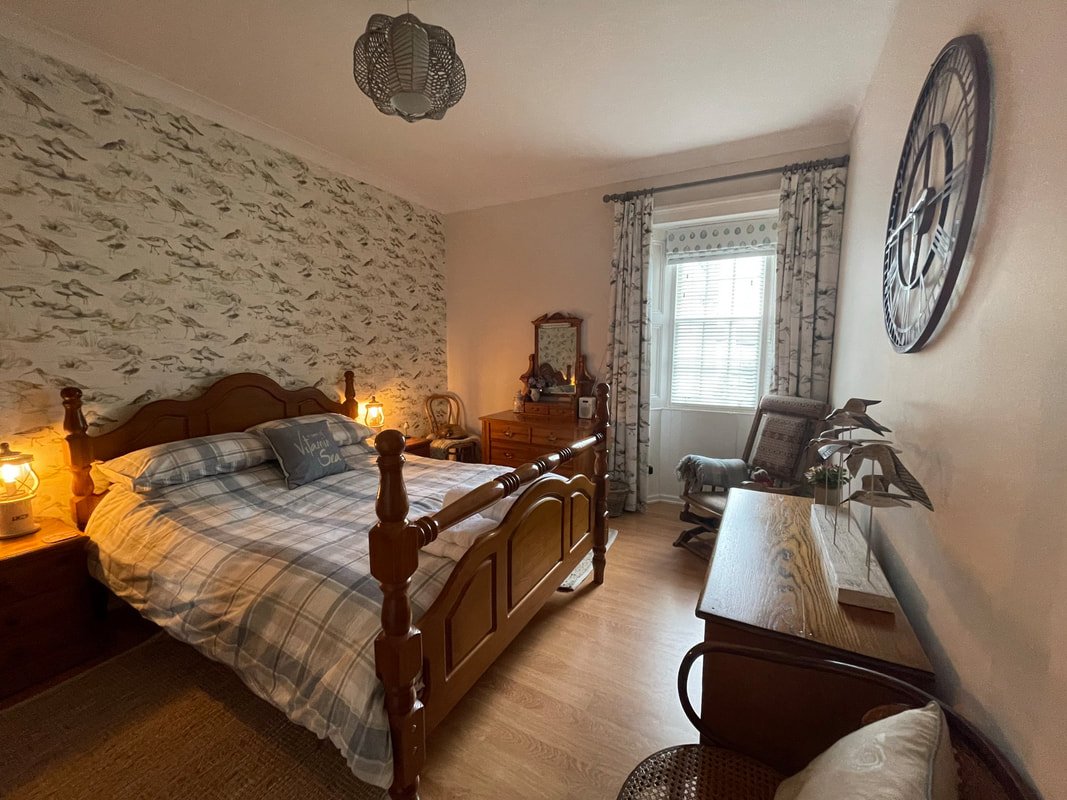
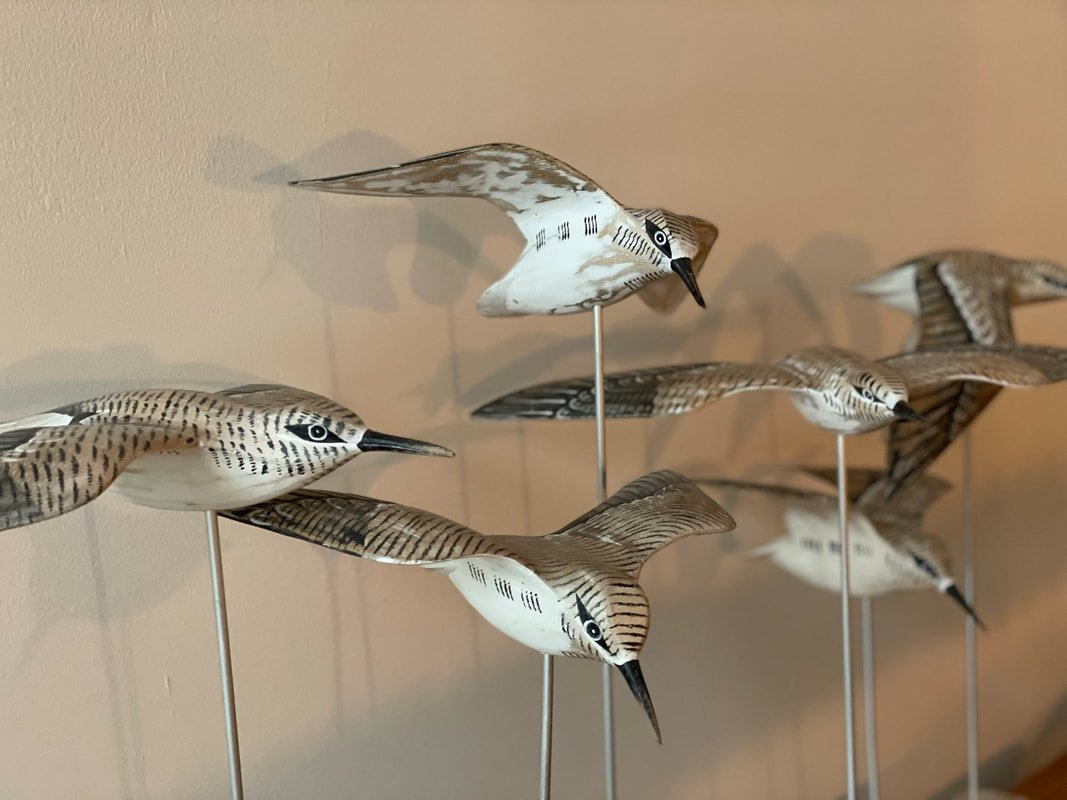
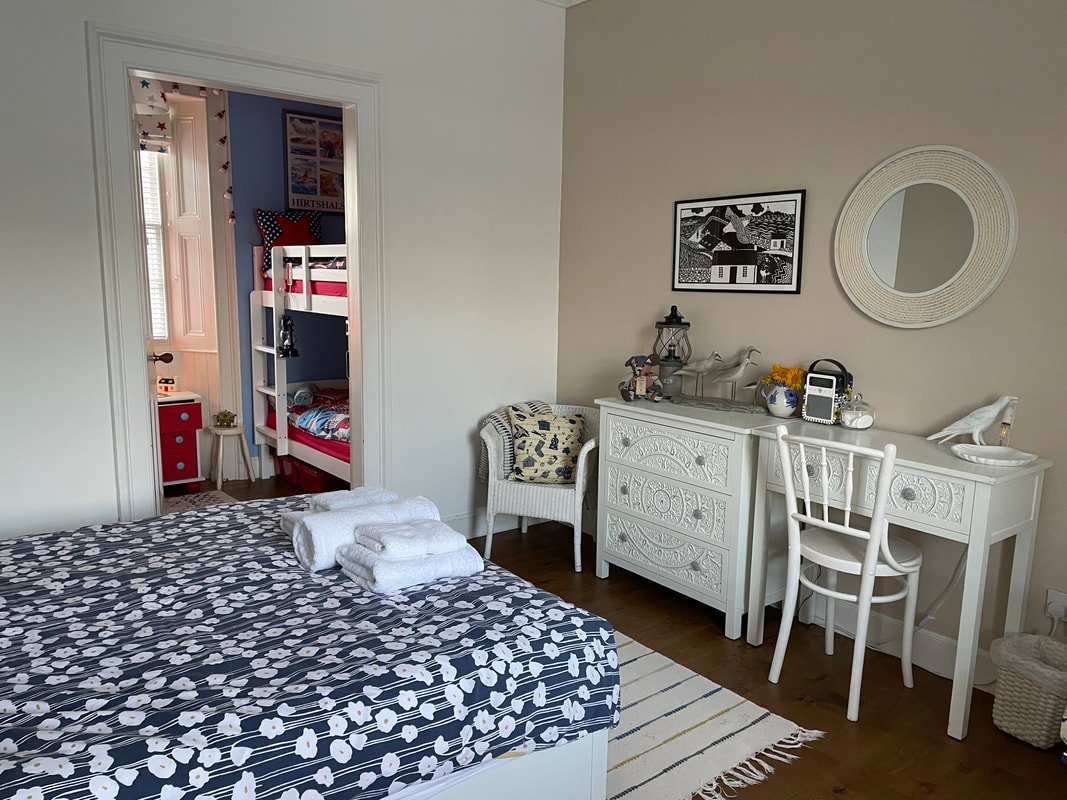
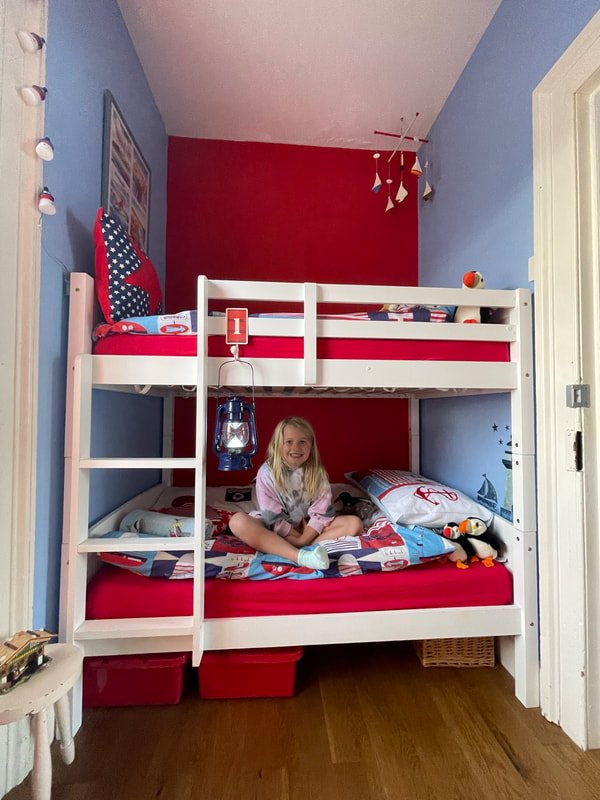
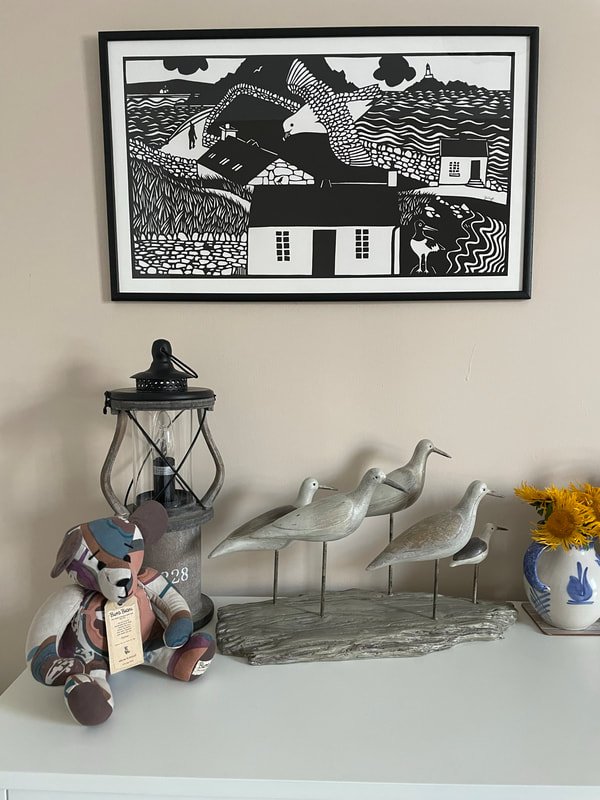
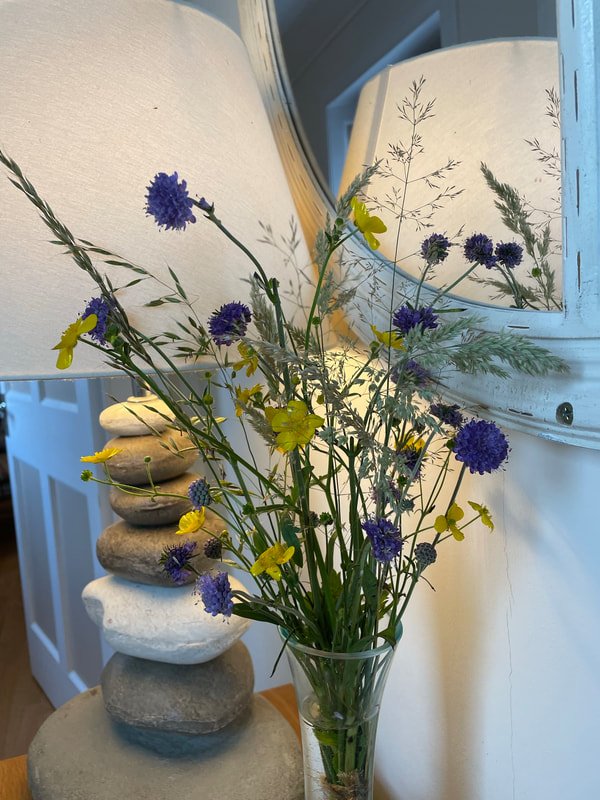
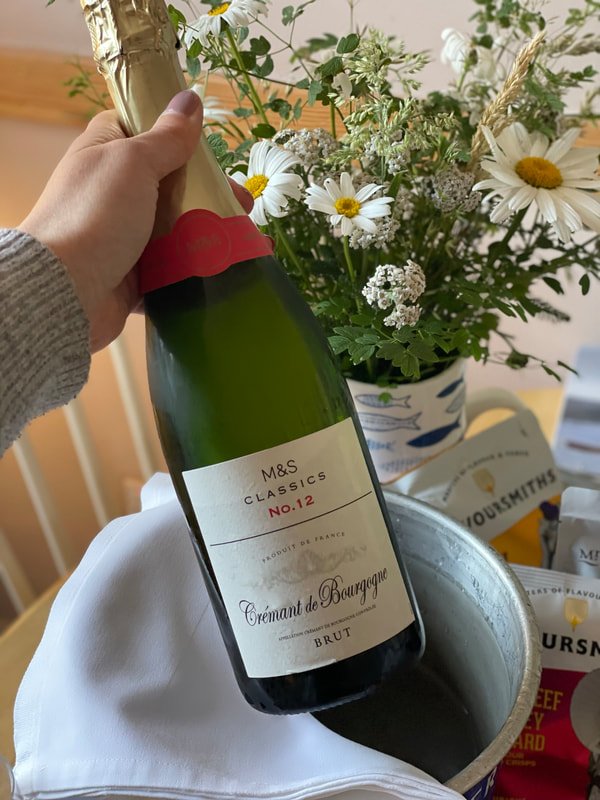
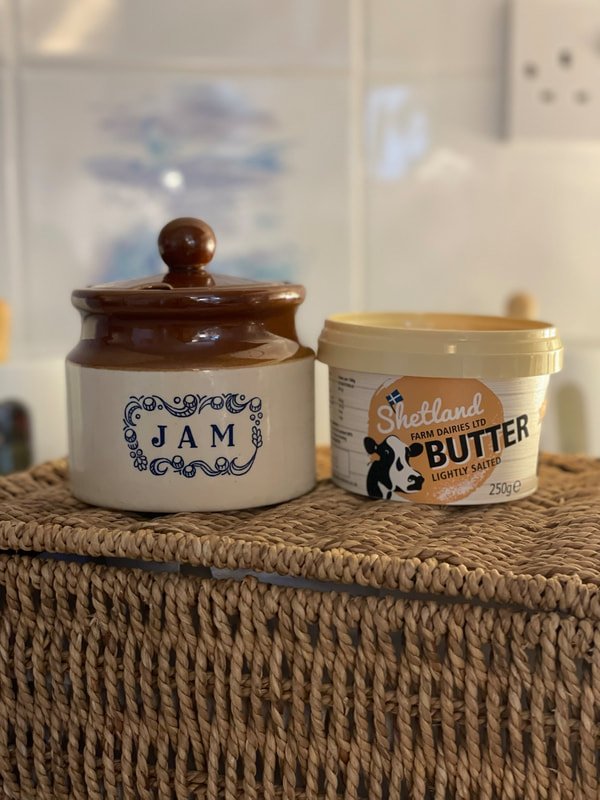
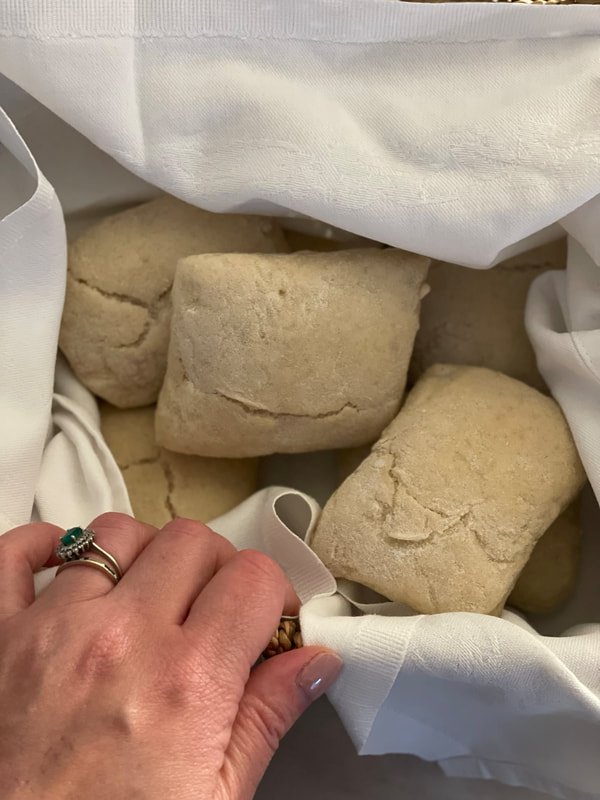
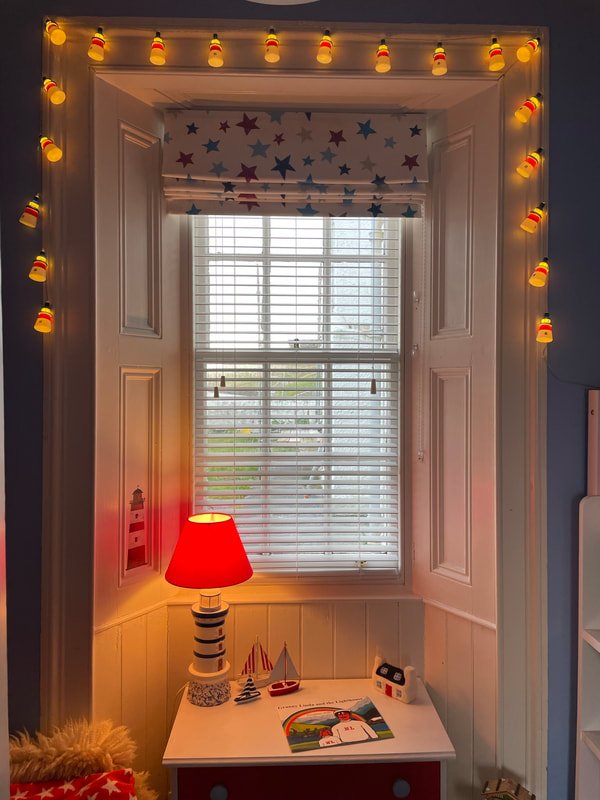
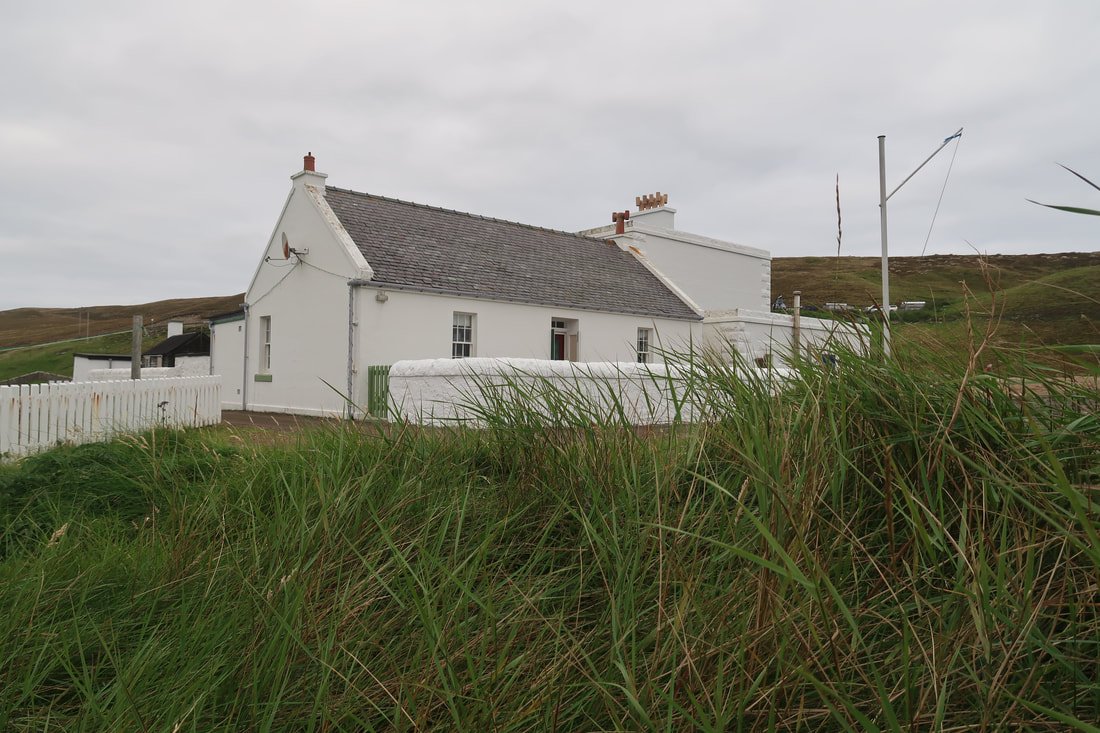
The Boatman's House is the perfect base for exploring Unst's remarkable history, coastline and wildlife – just a stone's throw from the start point for the Hermaness walk, the Boatman's House is the ideal self-catering retreat for those keen to enjoy a delicious slice of Unst.
Rachael and Billy bought the house – and neighbouring properties – a few years ago from friends and have continued to care for the Boatman's House and Shorehaven, which they run as a small self-catering for couples.
Tucked in under the hill, Rachael and Billy also run Shorehaven as a beautiful couples retreat
The Boatman's House, which sleeps eight across two double rooms and a bunk room – sleeping four children – is carefully styled and stuffed with references to the surrounding wildlife and history of the area; with gannets, seashells, lighthouses and boats adorning walls, units and crockery throughout.
The house is welcoming and bright, with a special light that shifts through the sash windows as the sun transitions through the sky.
Beautiful light shining on the nearby cliffs and hills from the Boatman's House
Sumptuous Chesterfields, woven throws and accent cushions add a touch of elegance and comfort to this historic house, which played a crucial role in keeping the lighthouse burning.
This is the perfect space for families – and their dogs – with the bunk room, a small bedroom off one of the doubles, offering a colourful retreat for children. With reds, blues and whites creating a welcoming, fun space for little people who will adore this property and all its charm as much as the adult guests. The theme is centred around all things lighthouses and nautical, and it feels like a space out of a children's novel.
The Boatman's House is the ideal staging point for those looking to explore all Unst offers.
The History
The sea that features so much in this house - both inside and out - has long been an alluring force, pulling people towards it and inviting them on a journey of discovery and adventure. It's no coincidence that its prominence in Shetland's story is a powerful force - with lighthouses an ever-present character.
The Stevenson family's involvement in lighthouse engineering began with Robert Stevenson, born in 1772. Irfrotal, the family, over three generations, constructed eight lighthouses in Shetland, six of them still in use today, including Muckle Flugga.
Built to protect shipping during the Crimean War, following a catastrophic loss of life, Hermaness is perhaps the greatest lighthouse to grace our islands.
The lightkeepers of Hermaness were accommodated in the shore station at Burrafirth, where four flats provided a welcome home when they weren't offshore manning the light.
Three lightkeepers were based on Muckle Flugga at any one time; each of the six keepers operating the station spent one month on and one month ashore. Until 1995 it was the most northerly inhabited island in the UK as it was home to a lighthouse keeper throughout the year.
I was lucky to meet and chat with a former keeper who worked on the Flugga between 1975 and 1980. He described waves breaking over the top of the lighthouse and winds that blew steadily for half an hour at 150 miles per hour. He also spoke of the wildlife, the photography and the many places of interest on this barren rock. His time on the light hid clearly left a lasting impression.
As we chatted, a pod of harbour porpoises passed through Burrafirth, feeding in the rich waters that give rise to a diversity of wildlife in the area. All of this, and I still hadn't gotten out of my pyjamas!
A lighthouse installed by the owners in memory of their mothers who loved to knit
Writer Robert Louis Stevenson visited Muckle Flugga with his father, lighthouse designer Thomas Stevenson in 1869, and it's said that Unst was the inspiration for his later book Treasure Island. It's interesting to note that the map of 'Treasure Island' resembles Unst.
Shetland's lighthouses have a firm place in our island's culture. Woven into our history as firmly as they are bound to the rocks that support them, they are beacons of hope and light to those who brave these tempestuous waters.
Burrafirth, Unst from Saxa Vord. Looking across to the Boatman's House
Exploring Unst
Unst has much to offer walkers and wildlife lovers, with iconic walks such as the Hernanes National Nature Reserve that sits on the doorstep of the Boatman’s House.
A WALK TO HERMANESS NATIONAL NATURE RESERVE
On our first evening, we prepared and ate dinner in the well-equipped kitchen and watched as glints of sunshine kissed the tops of the hills, illuminating Burrafirth Beach before dipping below Hermaness.
After dinner, we followed Holsen's Road towards the beach at Skaw, where we walked the sand till the autumn light left us. Walking back to the car using torches to light the way, we wondered if the trows of folklore might be around.
View from the Boatman's House towards Burrafirth Beach on a clock calm morning
The following morning was bright and still, the sea like a mirror, broken only by the dive of a shag in the water and - to my delight - a pod of harbour porpoises who had come into Burrafirth in search of food.
The Boatman's House is a place where you feel as though one foot is firmly rooted in nature. I was aware of the rise and fall of the tide, the birds in the bay, and the ever-present, reassuring noise of the sea washing in on the rocks below, providing a musical accompaniment to our stay. Even without a breath of wind, the ever-present noise of water rushing on cold stone fills the air.
After a breakfast of freshly warmed bannocks, smoked salmon and eggs, we set off for Uyeasound, where we had booked a workshop with Cheryl from Glansin Glass. Cheryl offers two-hour fused glass workshops in her modern, bright studio and shop. Visitors have the chance to create their own masterpiece by fixing sherds or strands of glass to a glass plate that is then fired to fuse - or melt - the glass together.
Chervl has lots of ideas for inspiration and temblates that both adults and childrencan use. I decided, perhaps foolishly, to create my own design based on The Boatman's House under the full moon of the night before. Perhaps it was no masterpiece, but it's unique and will always remind me of our weekend in Unst staying at the Boatman's.
Cheryl's studio, which opened in 2020, enjoys stunning panoramic views across Uyeasound, creating an inspiring and relaxing setting. It was a pleasure to spend a few hours at Glansin Glass and watch the world go by. As we were visiting during the birds' autumn migration, I kept one eye on the world outside and was delighted when a little bird with a burnt orange breast came peering at the window - I later discovered this was a beautiful Common Redstart.
Prices for workshops are £40 for adults and £20 for children. Booking is recommended although the shop is open most days.
Afterwards, and with the sun still shining, we went back to enjoy the sunshine, a glass of wine and a spot of afternoon tea with the cake Rachael had left us. Wandering around the perimeter wall, tracing the shoreline, I spotted an otter feeding and several seals curiously watching me from the bay
The Boatman's is a place that draws you in and invites you to slow down, and that's just what we did. Reluctantly, we peeled ourselves away in the late afternoon and went in search of serpentine pebbles - beautiful green, polished stones that glisten in the sun. The map gives a clue as to where you'll find them - Clibberswick, a few miles down the road from Burrafirth.
When the Vikings arrived in Shetland, they brought many of their technologies with them, including a culture of using steatite - or soapstone - for making stone tools, bowls, and all sorts of things around the home, including lamps and loom weights. The Vikings called steatite Kleber - which you can find in the name 'Clibberswick' that translates from the old language to 'the soapstone bay' Serpentine is often found alongside steatite.
After a roast gammon roast in the evening, we stayed at the Boatman's House. The nights were drawing in, and the light was gone, so we sat and enjoyed the beautiful surroundings, soaking in every inch of the house, reading and knitting, basking in its welcoming feel.
Waking feeling refreshed, I was looking forward to meeting Jane Macaulay from Wild Skies Shetland. This Unst-based charity initiative showcases Unst's skies through a sky trail, events and exhibitions.
Born at a kitchen table in 2017, Wild Skies Shetland is the brainchild of Jane Macaulay and Catriona Waddington, who run the charity alongside a team of seven trustees. Unst is the perfect location to watch the northern lights, star gaze or experience the drama of a storm or - as we did - bask under a full moon, watching its silvery light illuminate the surrounding hills.
Jane met me at Hermaness car park, the site of one of 13 stops across Unst which has a listening post focusing on one aspect of life in the island and how the sky influences island life. At Hermaness, recollections of a great storm are remembered.
From here, we went to the top of Saxa Vord, where a bench and listening post overlooks Burrafirth and tells listeners about the northern lights.
Views from the talking bench at the top of Saxa Vord
Following our meeting, we were inspired to walk the Planetary Trail and walk through the solar system along Saxa Vord's scenic headland. Once we walked the planets, read about each one, and got a sense of the universe's scale, we could enjoy a picnic at Pluto with a puffin! From here, we had uninterrupted views across to Muckle Flugga, which seemed a fitting end to the most wonderful of weekends.
Special thanks to Rachael and Billy for inviting us to stay in their beautiful property and for making us feel so welcome, to Cheryl for helping us capture our weekend in glass, to Lawrence for sharing his memories of the lighthouse and, last but not least, to Jane for taking us to the stars and back.
We had the most memorable weekend - thank you.
Prices start at £100 a night, and the property sleeps eight. Guests are welcome to bring their four-legged family too as the property is dog friendly.
You can book via Shetland Accommodation or email Rachael at homefront50@gmail.com.
Rachael and Billy also offer accommodation at Shorehaven (Shorehaven sleeps two and is also pet-friendly)
Ways you can support my work…



